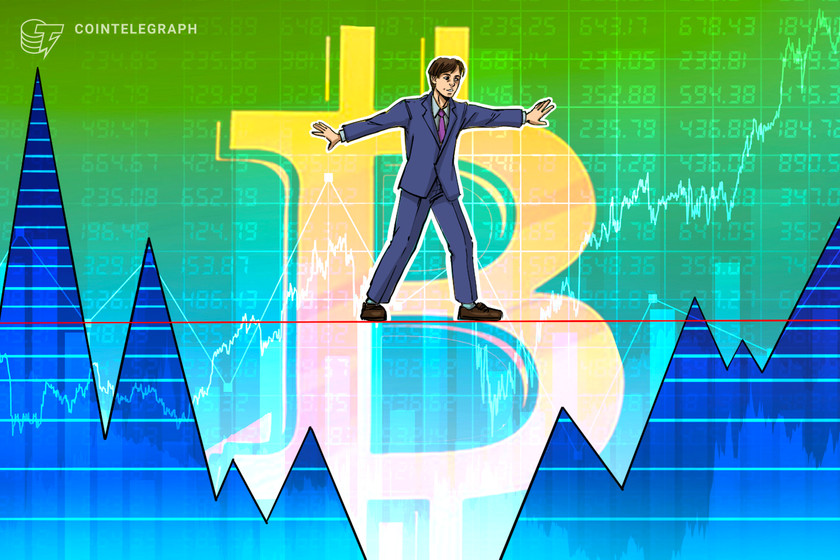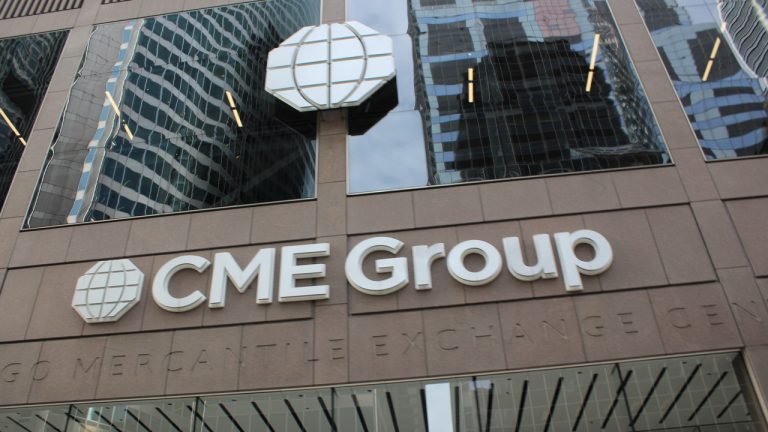
Multiple on-chain and technical analysis metrics suggest the crypto market is in for a sharp price move. Here is a strategy pro traders use to profit from volatility.
Analysts who closely monitor traditional markets have started calling for a volatility spike in cryptocurrencies due to dire macroeconomic conditions. Signs of stress coming from credit markets took investors by surprise after the British pound hit a record low against the U.S. dollar on Sept. 26 and liquidity concerns surrounding major global banks like Credit Suisse and Deutsche Bank are boosting traders’ bearish sentiments.
According to the Labor Department, unemployment in the United States reached 3.5% in September, the lowest in 43 years. Although that might sound positive at first mention, it indicates that the economy continued to overheat despite the U.S. Federal Reserve's (FED's) rate hikes and quantitative tightening. Meanwhile, eurozone retail sales dropped for the third consecutive month in August, a 2% contraction versus the previous year.
All of these developments back the analysts’ call for a spike in volatility. Volatility is a statistical measure commonly used by investors and traders calling for an increase in the metric and expecting brutal price oscillations.
There's been minimal volatility in crypto for months. I'm expecting a huge break-out in one direction or another at some point. If CPI data & fed guidance ends up being favorable, I can see a pump coming.
— Otto Suwen (@OttoSuwenNFT) October 5, 2022
In the above example from Oct. 5, Otto Suwen, a tokenomics expert and NFT influencer, expects a potential break-out in either direction, but in his opinion, an upside break is most likely. On Oct. 6, Scott Minerd, global chief investment officer at Guggenheim Partners, stated that the FED should pivot its policies “when something breaks.”
Volatility could impact price, but it does not distinguish which side
Realized (or historical) volatility measures how large daily price fluctuations are, and higher volatility indicates that the price can drastically change over time in either direction.

Volatility does not differentiate between bull and bear markets because it exclusively measures absolute daily oscillations. Furthermore, cryptocurrencies’ volatility is much higher than the stock market, currencies or commodities indexes.
Expecting high volatility for the next couple of weeks indicates that some participants have no confidence in the markets’ direction. There is an options strategy that fits this scenario and allows investors to profit from a strong move on either side.
The reverse (short) iron butterfly is a limited risk, limited profit options trading strategy. It’s important to remember that options have a set expiry date, meaning, the price increase must happen during the defined period.

The prices above were taken on Oct. 7, with Bitcoin trading at $19,422. All options listed are for the Nov. 25 expiry, but this strategy can also be used using a different time frame.
The suggested bullish strategy consists of selling 11.8 BTC contracts of the $17,000 put options while simultaneously selling 11.7 call options with a $23,000 strike. To finalize the trade, one should buy 13.5 contracts of $20,000 call options and another 10 contracts of the $20,000 put options.
While this call option gives the buyer the right to acquire an asset, the contract seller gets a (potential) negative exposure. To fully protect from market oscillations, one must deposit 1.26 BTC (roughly $24,470), representing the investors’ maximum loss.
Conviction in volatility is essential, as the risk-reward is reversed
For this investor to profit, one needs Bitcoin’s price to be below $17,720 on Nov. 25 (down 8.9%) or above $22,070 (up 13.6%). In essence, the trade has a hugely profitable area, but loses over twice the potential gain if Bitcoin fails to move either way considerably.
The maximum payout is 0.50 BTC (roughly $9,710), but if a trader is confident that volatility is right around the corner, a 15% move in 48 days seems feasible.
Notice that the investor can revert the operation before the options expiry, preferably right after a strong Bitcoin price move. All one needs to do is buy back the two options that have been sold and sell the other two that were previously bought.
The views and opinions expressed here are solely those of the author and do not necessarily reflect the views of Cointelegraph.com. Every investment and trading move involves risk, you should conduct your own research when making a decision.

























